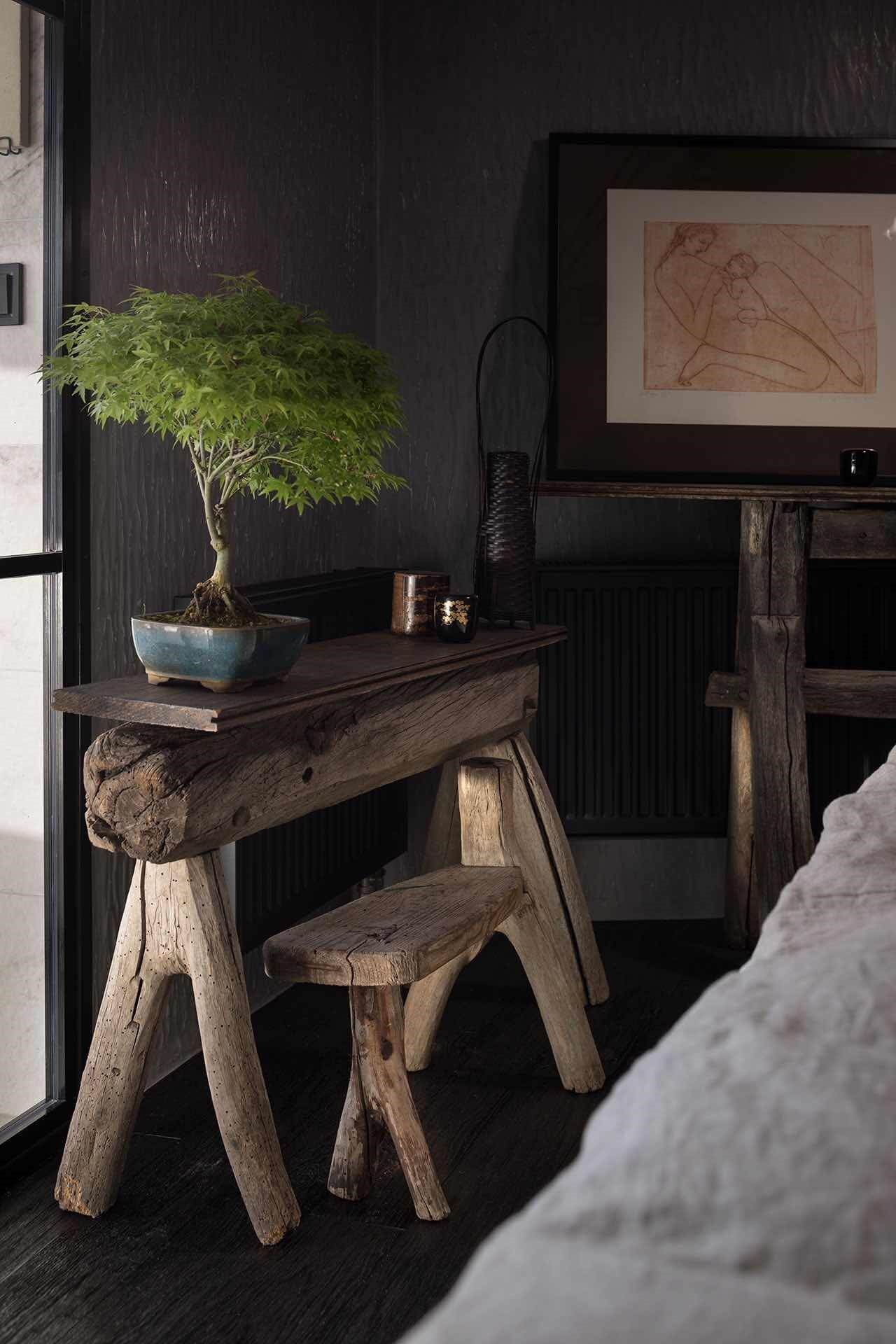TITLE: The 4R’s in Wabi Sabi: Rethink, Reuse, Reduce, Recycle

Wabi sabi philosophy focuses on the importance of imperfections to create life that derives from our very basic needs and takes form through space and time. In the fields of design and architecture, it can often be related with vernacular design, biophilia, revitalization of the existing, eco-friendly approaches, multifunctionality and flexibility, all of which create environments of co-existence and growth. Designing with the awareness of the ‘where’, the ‘when’, from ‘where/what’ and for ‘whom’, is an essential part to be considered in today’s world. As it directly addresses global issues like mass production, overconsumption, pollution of natural resources, GHG emissions and climate emergency, the 4R’s in architecture, respectively phases rethink-reuse-reduce-recycle, will be discussed through wabi sabi principles.
Upon completion, participants will be able to:
- The place of wabi sabi in architecture and design
- Architectural styles and strategies that embrace wabi sabi understanding
Vernacular architecture, biophilic design, biomimicry, minimalism – Less is More, passive design strategies, revitalization of the existing, environmental-friendly and efficient design, material selection and interior environments.
- 4R’s – Rethink: the space, the time, experiences of past and present
Where are you now? -[Geolocation. Climate. Flora. Fauna. Surrounding.]
Where do you come from? [History. Former functions. Materiality. Construction. Transport]
What do you need? [User groups. Global issues.]
- 4R’s – Reuse: the existing
What is already here? [Built environment. Natural environment.]
- 4R’s – Reduce: the impact
How are you doing things? [Planning. Design. Implementation. Experience.Everyday Habits]
What is the impact of your actions? [Social. Environmental.]
Can you do it differently? [Methods and strategies.]
- 4R’s – Recycle: future proofing in design, design for disassembly, modularity
Who are you designing for? [Current users. Future users. Possible function changes.]
For how long? [Today. Tomorrow. In 50 years.]
Target groups:
Students of the Faculty of Design, Arts, Costumography, Graphic Design, Interior Design, Product/Industrial Design, Fashion Design (Bachelor / Master Level), and students who have a general interest in the field of Arts and Design.